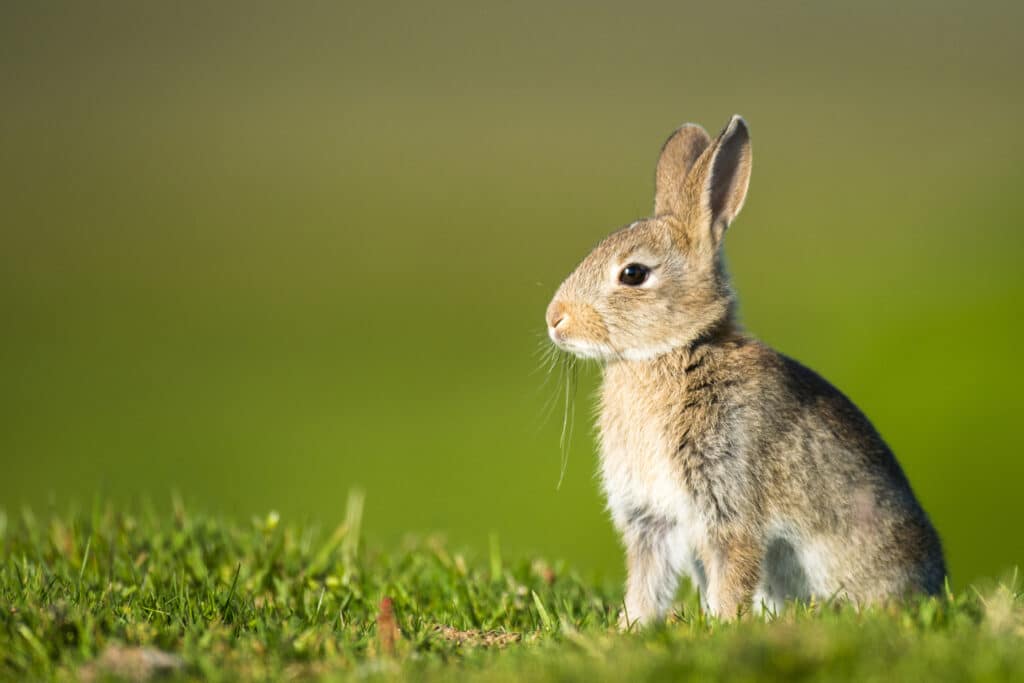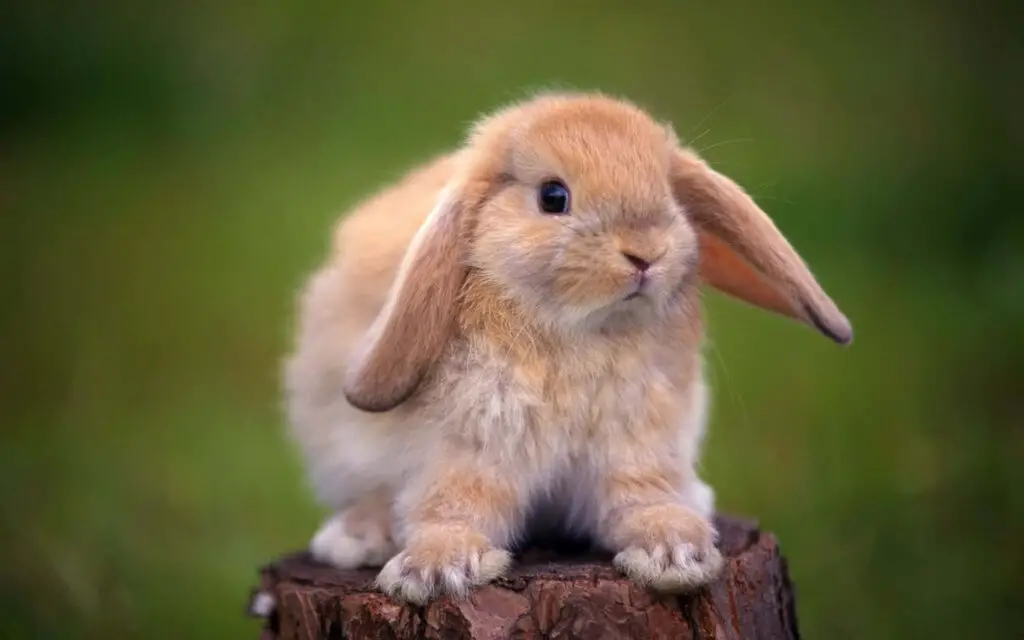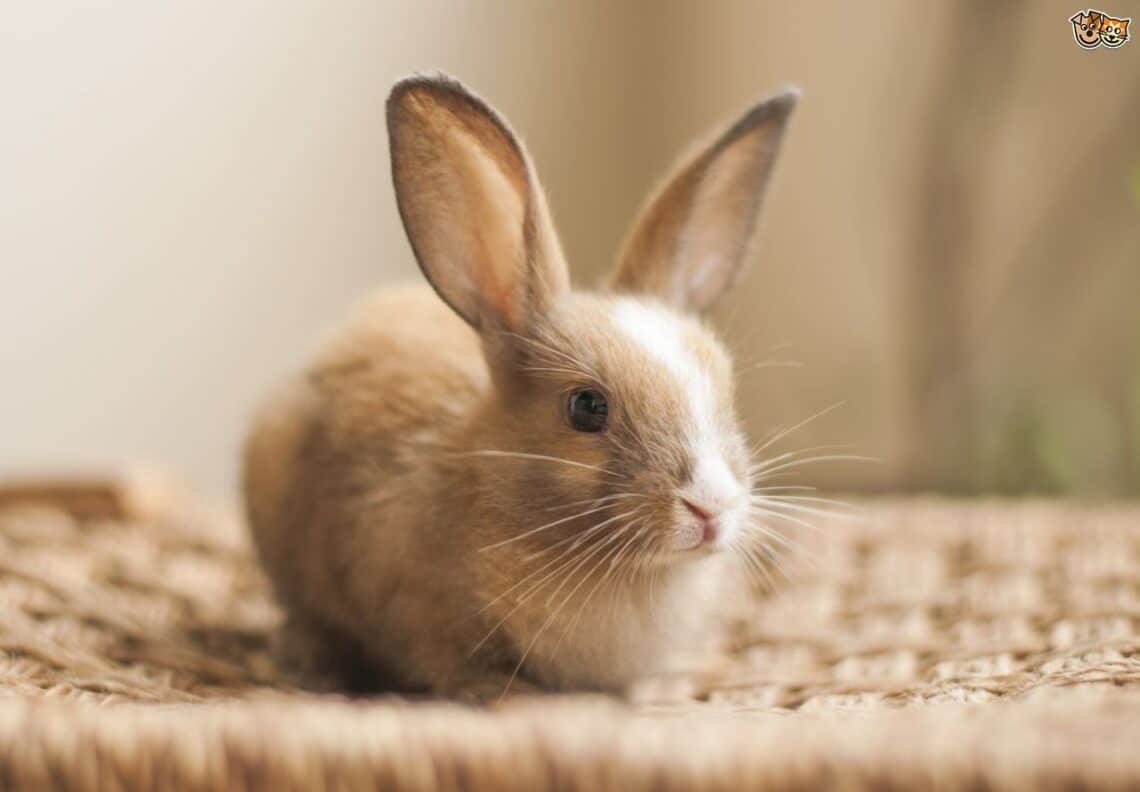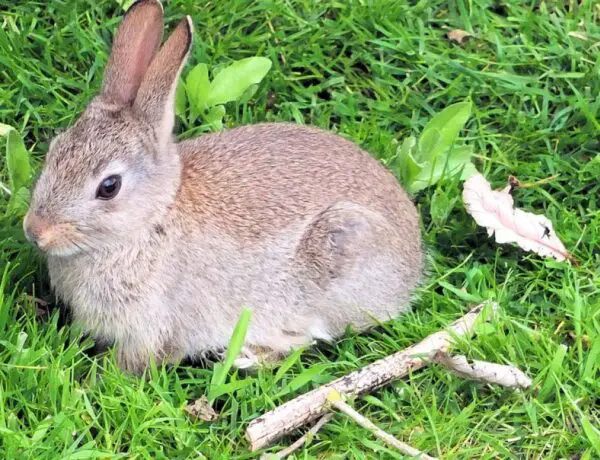Introduction
How To Make A Rabbit Snare: In the art of survival and wilderness skills, knowing how to make a rabbit snare is a valuable and time-tested technique. Whether you find yourself in a survival situation or simply want to learn a useful skill for camping and bushcraft, creating a rabbit snare can be a crucial tool for procuring food. Rabbits are a common and readily available source of sustenance in many regions, and with the right knowledge and a few basic materials, you can construct an effective snare to catch these elusive creatures. In this guide, we will walk you through the step-by-step process of making a rabbit tolerate snare, offering insights and tips to help you increase your chances of a successful catch while adhering to ethical and responsible trapping practices. So, let’s delve into the world of wilderness survival and discover how to make a rabbit snare.
In the realm of outdoor skills and survival knowledge, mastering the art of constructing a rabbit snare is a valuable asset that can prove essential in various situations. Whether you’re an avid camper, a wilderness enthusiast, or someone looking to enhance your self-reliance skills, understanding how to create a rabbit snare can be a game-changer. Rabbits are abundant in many natural environments, and the ability to capture them with a well-crafted snare can provide a crucial source of sustenance in the wild.
This guide aims to be your comprehensive companion in learning the ins and outs of rabbit snare construction. We will take you through each step of the process, offering insights, techniques, and practical advice to improve your chances of a successful catch. Importantly, we’ll emphasize the ethical and responsible aspects of trapping, ensuring that your newfound skill aligns with the principles of wildlife conservation and humane treatment. So, whether you’re an experienced outdoorsperson or a novice adventurer, let’s dive into the fascinating world of rabbit snaring and discover how to make a reliable and effective snare.

What can I use for a rabbit snare?
Although you can use string, shoe laces and even rope to construct the snare, the preferred rabbit snare material is between 20 gauge and 24 gauge copper, brass, galvanized or stainless steel wire.
Snare Wire: This is the most common and recommended material for making rabbit snares. Snare wire is typically made of stainless steel or other durable metals. It’s strong, lightweight, and easy to work with. You can purchase snare wire from outdoor supply stores or online retailers. Ensure it’s thin enough to be flexible but sturdy enough to hold the rabbit once caught.
Paracord or Nylon Cord: In a survival situation, you can use paracord or nylon cord as an alternative to snare wire. These materials are readily available and can work effectively as long as they’re strong enough to hold the rabbit securely.
Natural Cordage: In a bushcraft or primitive survival setting, you can use natural cordage made from plant fibers like nettles, yucca, or even stripped bark from certain trees. While not as strong as snare wire or synthetic cordage, it can work if you make it thick and strong enough.
Branches or Sticks: To create the snare loop, you’ll need something to form the actual noose. Small, flexible branches or sticks can be used for this purpose. Choose a material that won’t easily break and can maintain its shape.
What is the best material to make a snare?
Survival & trapping snares can be made of nearly any wire material and even rope. Cables snares are the most common however they can be made of copper wire, rope, flexible cordage made of certain types vegetation etc.
Durability: Stainless steel is highly resistant to corrosion and rust, making it suitable for use in various weather conditions. This durability ensures that your snares remain effective over an extended period, even when exposed to moisture and humidity.
Strength: Stainless steel snare wire is strong and can withstand the struggle of captured animals. It’s less likely to break or deform under stress, which is crucial for humane trapping and minimizing the chances of animals escaping injured.
Flexibility: Stainless steel snare wire is both thin and flexible, allowing you to create a snare loop with precision. The flexibility of the wire makes it easier to set up and adjust your snares for optimal trapping.
Lightweight: Stainless steel wire is relatively lightweight, which is advantageous when you need to carry multiple snares as part of your survival or trapping kit. Its lightweight nature won’t add significant bulk or weight to your gear.
Is snare drum easy?
The snare drum can be a really fun instrument to learn. And it’s a lot more challenging that many parents expect, presenting a real learning opportunity for children. But the important thing is to not start out thinking that all it takes is a bit of banging to master the art. It takes time and practise.
Musical Background: Your prior experience with music can greatly influence how easy or challenging you find learning the snare drum. If you have a foundation in music theory, rhythm, or other percussion instruments, you may find it easier to grasp the basics of snare drumming.
Rhythm and Coordination: Snare drumming requires a good sense of rhythm and coordination. Learning to read drum notation and execute different rhythms with both hands can be challenging for some, especially those new to percussion.
Technique: Developing proper snare drum technique is essential for achieving a clean and controlled sound. Learning to hold the drumsticks correctly and execute various strokes, such as singles, doubles, and rolls, can take time and practice.
Practice and Dedication: Like any musical instrument, progress on the snare drum depends on consistent practice and dedication. Regular practice is key to improving your skills and becoming proficient.
What materials carry sound?
Sound is a type of energy made by vibrations. These vibrations create sound waves which move through mediums such as air, water and wood. When an object vibrates, it causes movement in the particles of the medium.
Sound is a fascinating phenomenon that relies on the transmission of mechanical vibrations through various materials. While sound can travel through a wide range of substances, the ease and efficiency with which it propagates depend on the physical properties of those materials.
Perhaps the most common medium for sound transmission is air. Sound waves travel through the air by compressing and rarefying air particles as they move. The speed of sound in air at room temperature is approximately 343 meters per second (1235 kilometers per hour). Air is also responsible for our ability to communicate verbally, as our vocal cords create sound waves that propagate through the air and reach our ears.
Sound also travels efficiently through water. In fact, sound travels about four times faster in water than in air, at around 1500 meters per second (5400 kilometers per hour) in typical conditions. This property makes water an excellent medium for marine animals like whales and dolphins to communicate over long distances.
Where is the best place to snare a rabbit?
Look for a well-worn trail going into moss or through the bush. Keep an eye out for spots where rabbits have gnawed off tiny shoots and twigs to keep the trail open; also look for piles of droppings. Cut a piece of snare wire about two feet long and twist a small.
One of the most effective ways to locate a suitable snaring spot is to identify rabbit tracks and trails. Rabbits often follow established paths between their burrows and feeding areas. Look for areas with well-worn tracks, especially those leading to or from burrows.
Rabbits live in burrows or warrens, which they use for shelter and breeding. Identifying these burrows can be a great way to find the best places to set snares. Keep an eye out for small holes in the ground with fresh tracks around them, as these are likely active burrows.
Rabbits are herbivores and graze on a variety of plants, including grasses, clover, and dandelions. Look for areas with lush vegetation and signs of rabbit feeding, such as chewed leaves and stems. These spots can be excellent places to set snares.
Like all animals, rabbits need water to survive. Consider setting snares near sources of water, such as streams, ponds, or water troughs. Rabbits are likely to visit these areas regularly for hydration.
How are snares made?
A snare drum is constructed of a hollow cylinder made of metal or wood, with two drumheads stretched over it—one on the top and one on the bottom. The drumheads are made of calfskin or plastic. The drumheads are held in place by metal or wood rims.
Snares are an essential tool for wilderness survival and hunting. They are particularly valuable when resources are scarce, and hunters need to maximize their chances of catching game. Snares can be used to capture a wide range of animals, including rabbits, squirrels, birds, and even larger mammals like deer and feral hogs.
Snares are lightweight and easy to carry, making them a preferred choice for many outdoor enthusiasts and survivalists. They are versatile, cost-effective, and require minimal equipment, making them accessible to a wide range of individuals in diverse environments.
Before delving into the process of making snares, it’s crucial to address the ethical aspects of their use. Ethical hunting and trapping practices involve ensuring the humane treatment of animals and compliance with local laws and regulations. Hunters and trappers should prioritize the safety and well-being of the animals they are pursuing.
Furthermore, understanding the ecosystem and the impact of hunting on wildlife populations is essential. Sustainable and responsible snare use involves careful consideration of target species, population dynamics, and the avoidance of over-harvesting.
What is a simple snare?
The simple snare is the basic tie behind any trap. Ideally, the animal would walk straight through the loop and set off the trap. You can start creating a simple snare by following these instructions: Wrap the end of the wire a few times around a stick.
A simple snare is a primitive yet effective hunting and trapping device used by outdoors enthusiasts, survivalists, and hunters to catch small game animals for food and resources. It is a straightforward and versatile tool designed to capture animals by snaring them around the neck or body as they move through the snare loop.
The central element of the snare, typically made from flexible, strong wire, cordage, or even natural materials like vines. The size of the loop should be appropriate for the target species, ensuring it can capture the animal without causing harm or injury.
A secure anchor point to which one end of the snare is attached. The anchor keeps the snare in place and prevents the captured animal from escaping. Anchors can be natural objects like trees, branches, or rocks, or they can be constructed from materials found in the environment.
Some snares incorporate a trigger mechanism to increase the chances of capturing an animal. Common trigger mechanisms include bent saplings, twigs, or sticks that, when disturbed by the animal, release tension on the snare loop, closing it around the prey.
What is the most famous snare?
The Ludwig Supraphonic is Led Zeppelin’s John Bonham’s snare of choice and the most recorded drum in history. The tones from the chrome-plated 1.7mm beaded aluminum “Ludalloy” shell are bright, resonant, and cracking—perfect for rock drummers.
The Apache Foot Trap, also known as the Apache Deadfall or Paiute Deadfall, is a type of deadfall trap that was primarily used by the Apache tribe, indigenous to the Southwestern United States. The trap was historically employed for hunting and trapping small game, such as rabbits, squirrels, and birds, and it played a crucial role in the survival of Apache communities in arid desert environments.
The Apache Foot Trap is famous not only for its effectiveness but also for its simplicity and ease of construction. It represents the resourcefulness and ingenuity of the Apache people, who developed a trapping mechanism that required minimal materials and effort to assemble.
When an animal disturbs the bait stick or attempts to take the bait, it releases the tension holding the weight in place. This results in the weight falling, crushing the animal beneath it. The vertical upright stick ensures that the weight falls in the direction of the animal’s movement, effectively trapping it.

Conclusion
In the wilderness, the ability to create a rabbit snare is a skill that combines art, science, and respect for nature. Through this guide on how to make a rabbit snares, we’ve delved into the intricacies of constructing a device that not only helps secure food but also fosters a deeper connection to the natural world. Ethical considerations should always guide your actions when using snares or any other means to procure food in the wild. This involves not only setting snares in a humane manner but also adhering to local regulations and guidelines to protect the environment and its inhabitants. By mastering the art of making a rabbit snare, you’ve acquired more than just a practical skill; you’ve gained a deeper understanding of the delicate balance of nature.
You’ve learned to appreciate the resourcefulness of rabbits and the role they play in the ecosystem. Now, armed with this knowledge, you’re better equipped to face the challenges of the great outdoors and to do so with respect for the environment. Whether you find yourself in a survival scenario or simply seeking to enhance your wilderness skills, remember the principles of ethical trapping, and let your newfound expertise in making rabbit snares serve as a testament to your responsible stewardship of the natural world. As you venture into the wild, armed with the knowledge of how to create a rabbit snare, remember that you are stepping into a world teeming with life, where every creature plays a role in the intricate web of existence.
By understanding the principles of responsible trapping and adhering to local regulations, you can contribute to the conservation of both wildlife and their habitats. Whether you’re a seasoned outdoors enthusiast or a beginner on a journey of self-sufficiency, the ability to make a rabbit snare is a testament to your commitment to responsible and sustainable practices. It’s a reminder that our interactions with the natural world should always be guided by reverence, compassion, and an unwavering dedication to preserving the beauty and balance of our wilderness. So, go forth with your newfound skills and continue to explore, learn, and respect the incredible world of nature.





No Comments